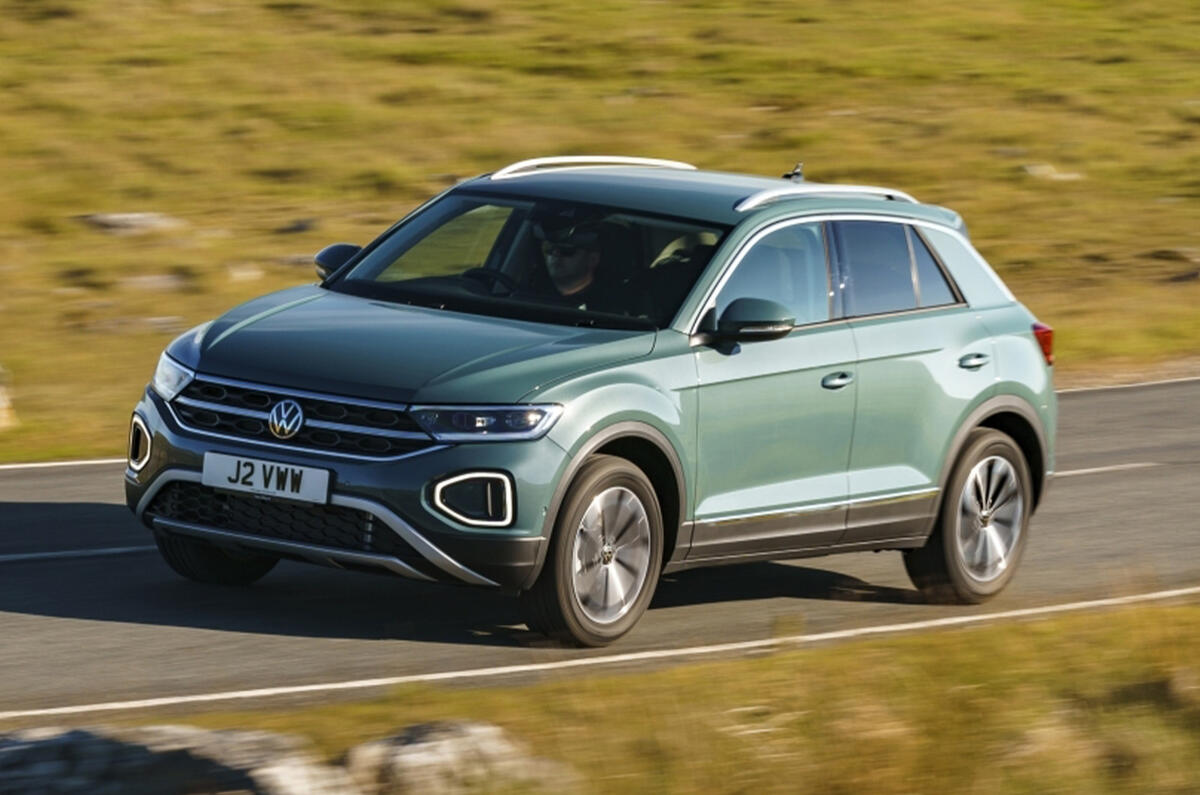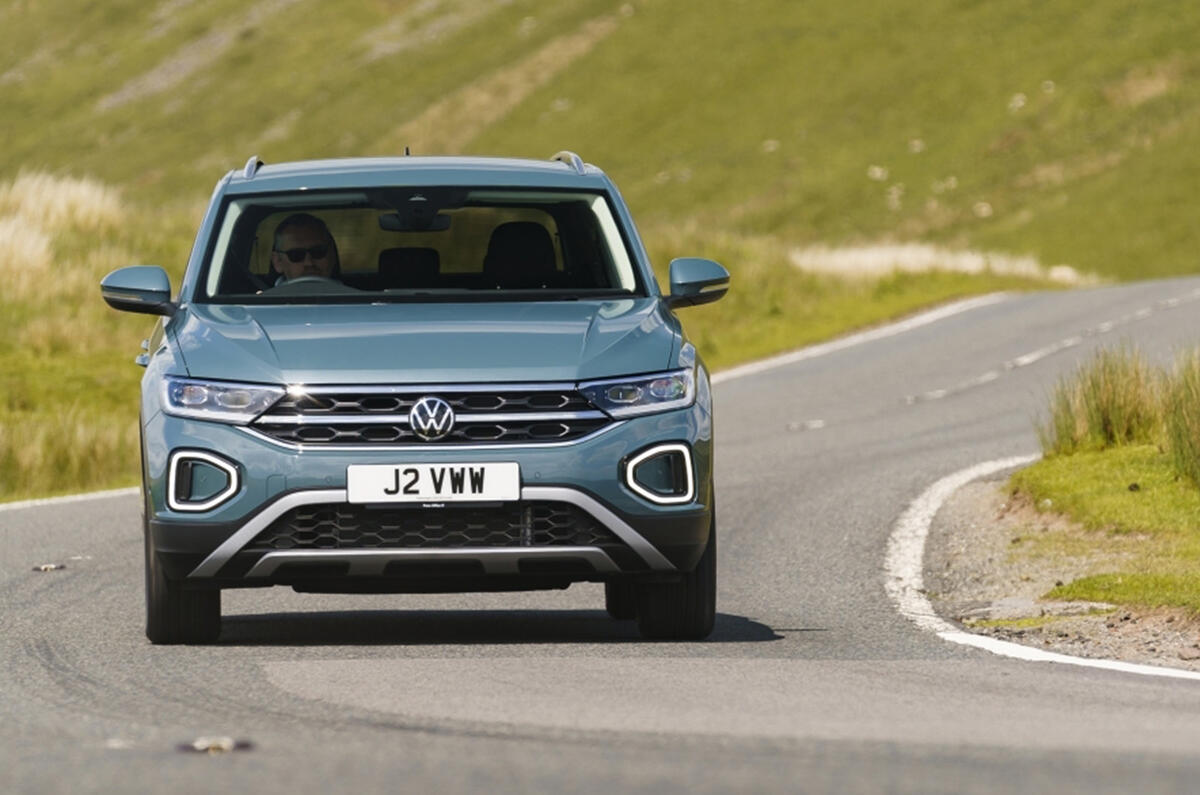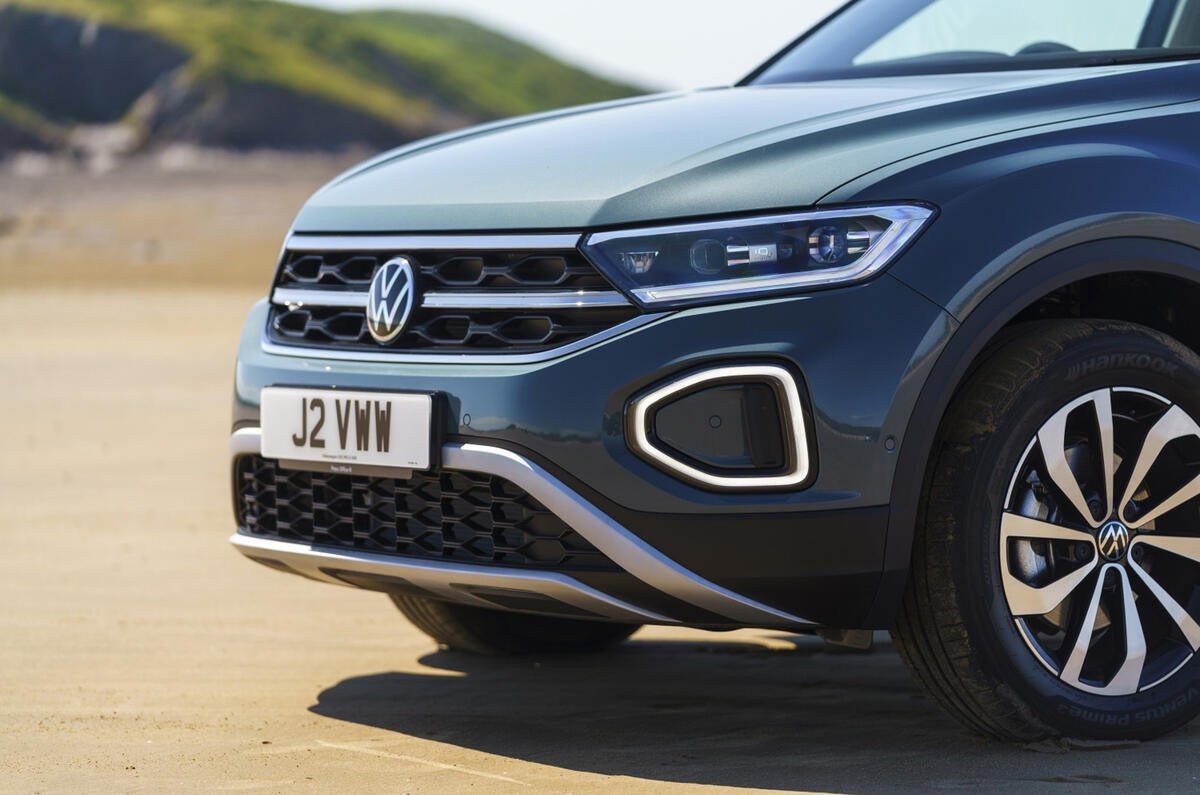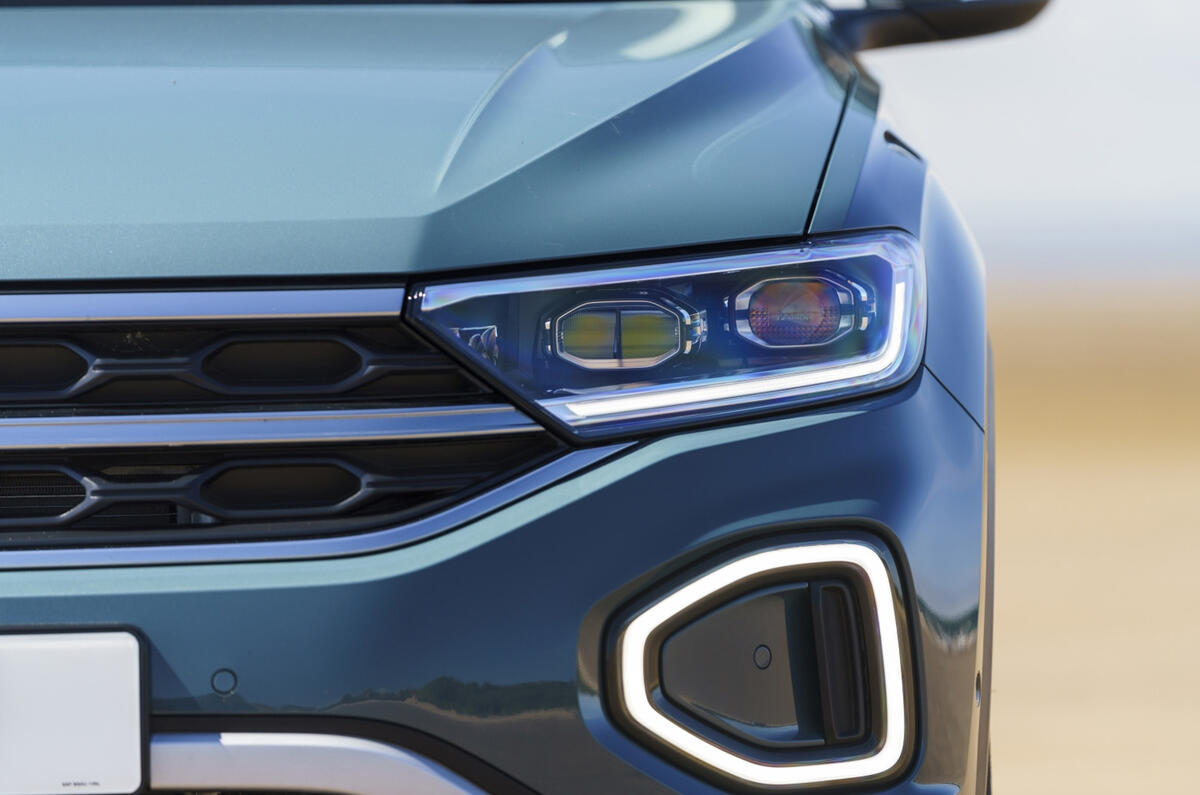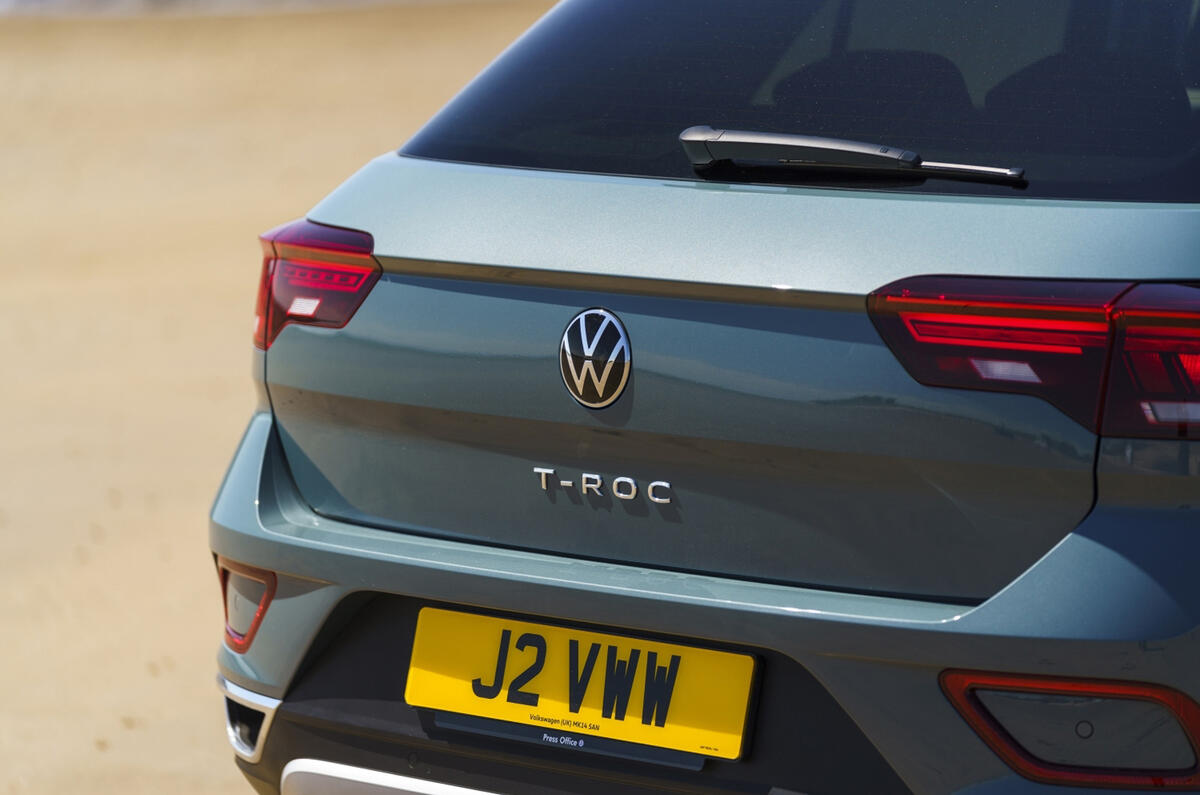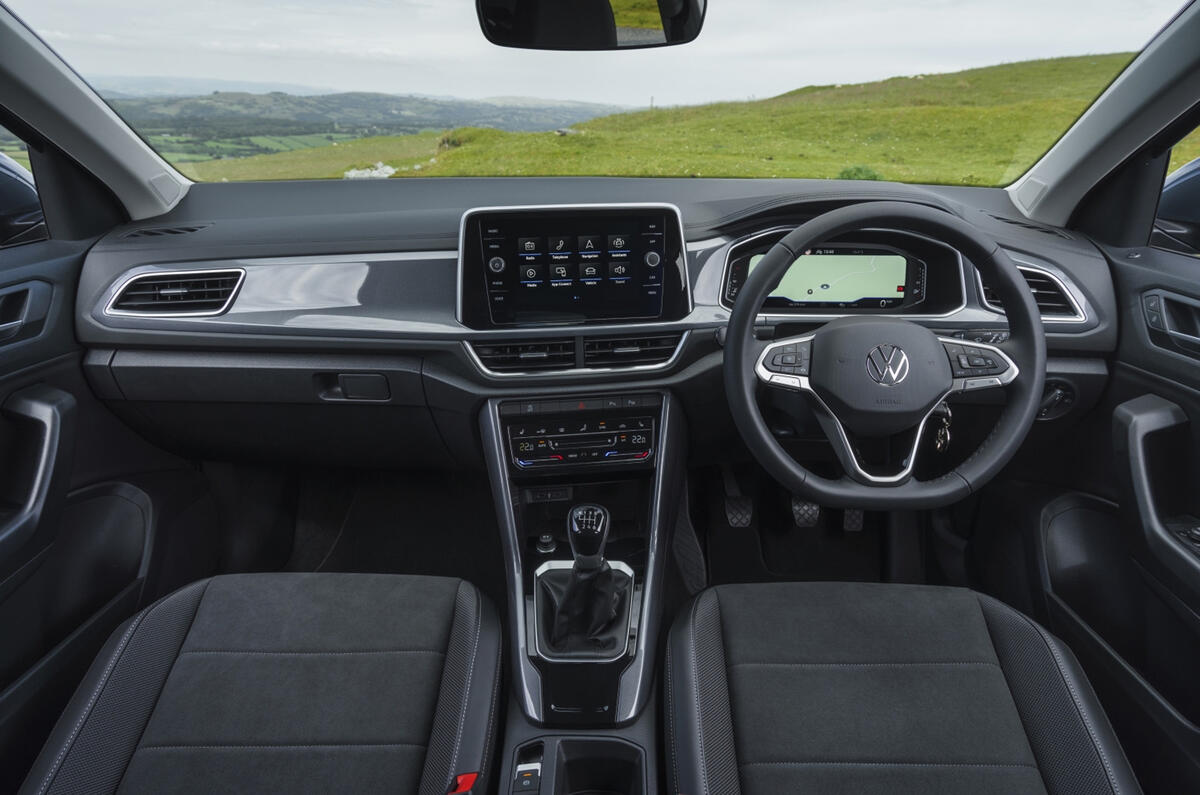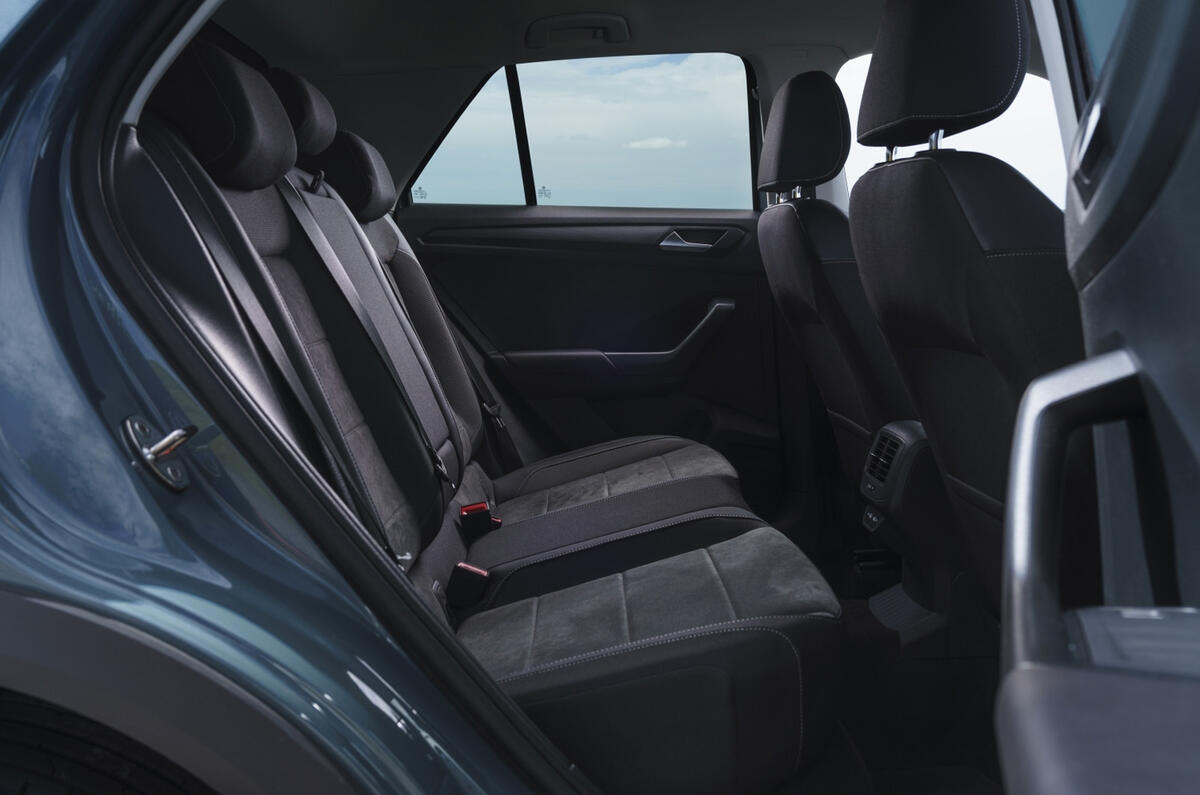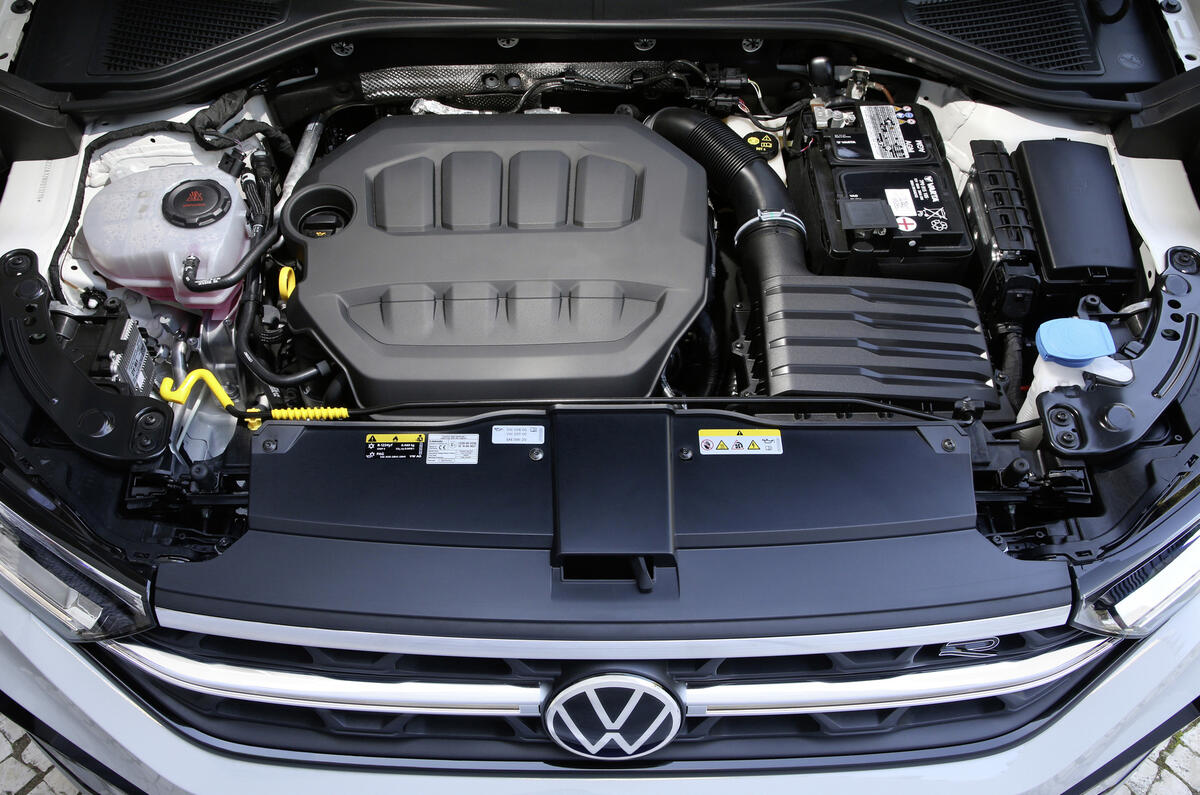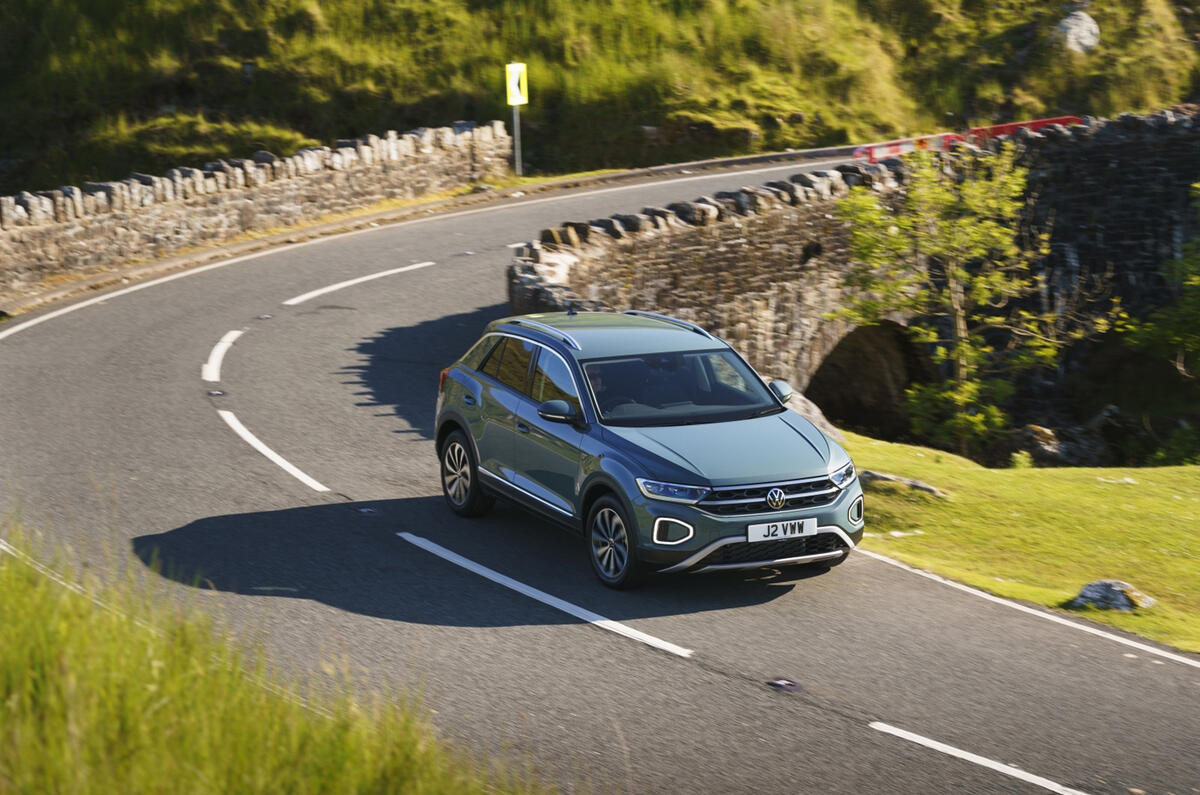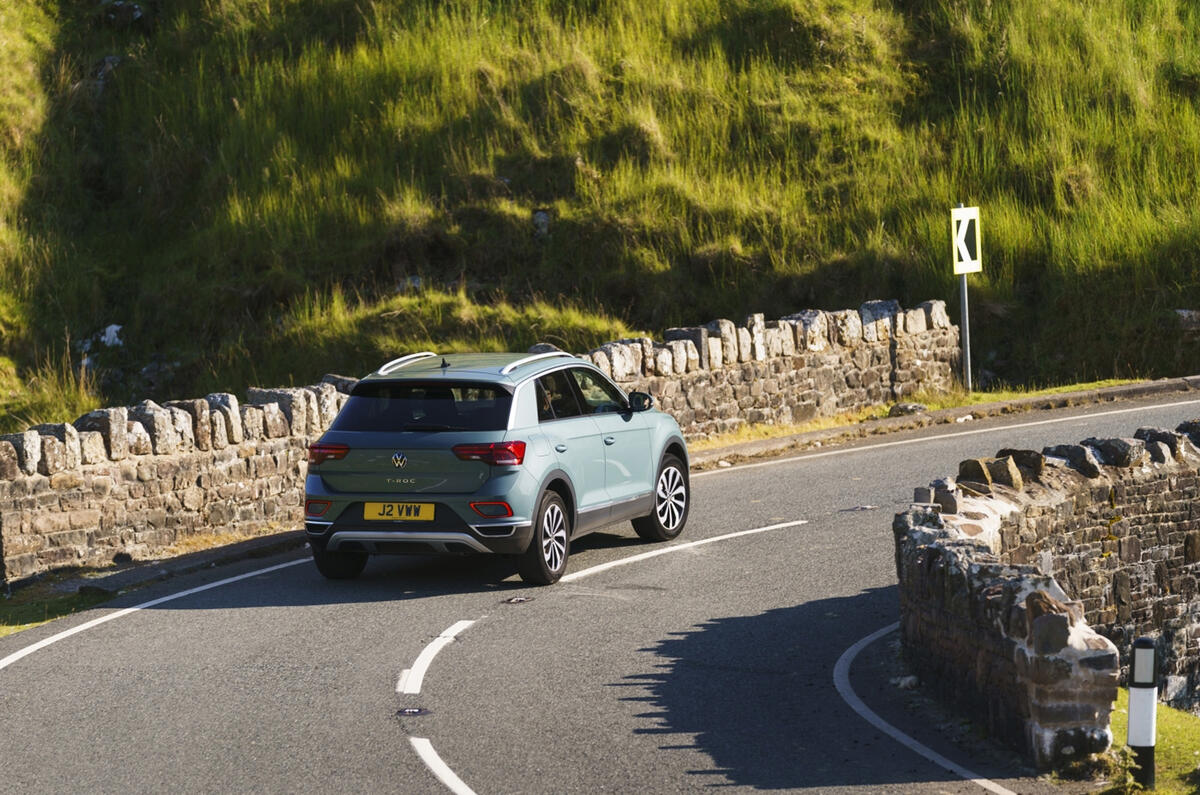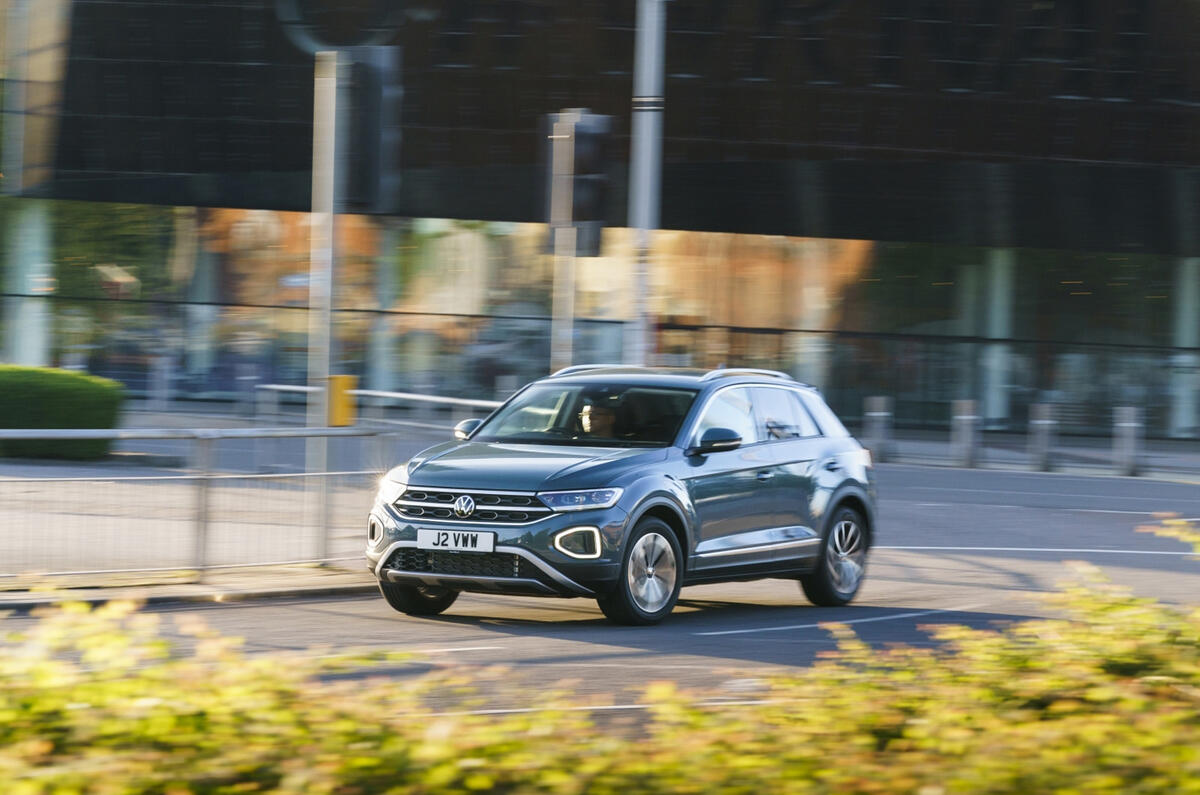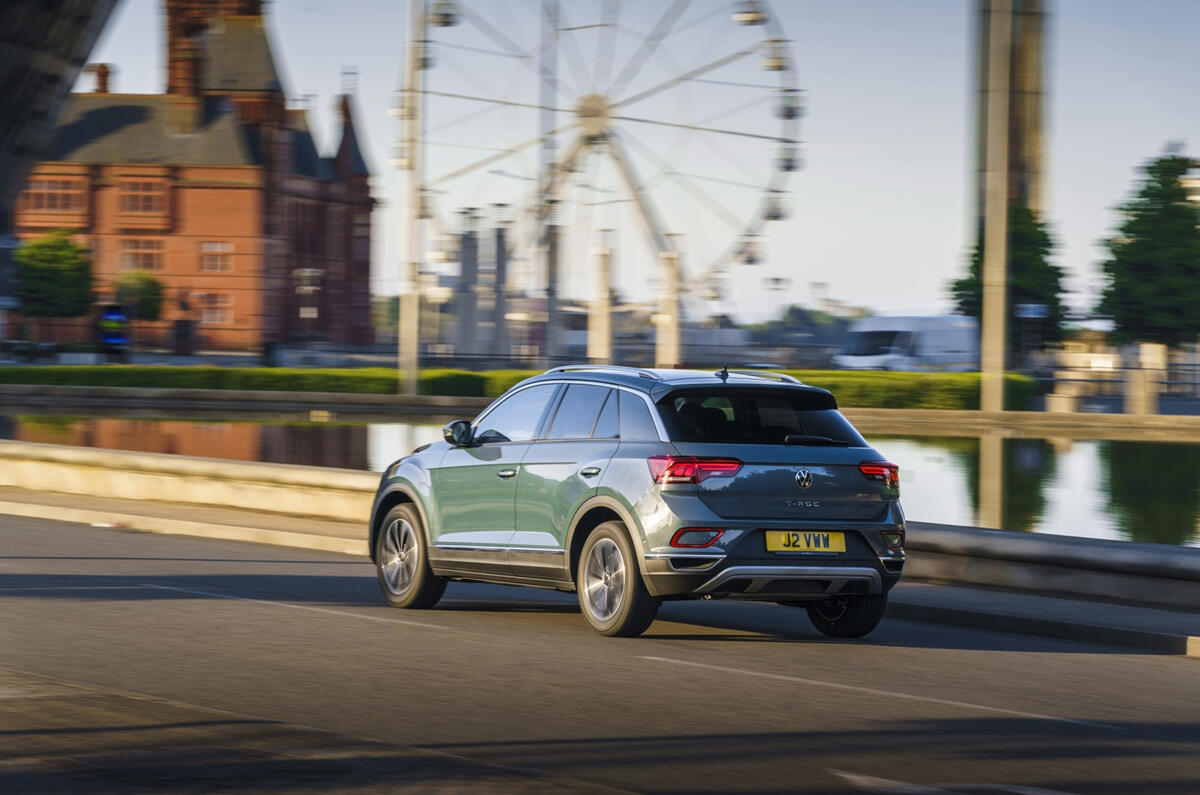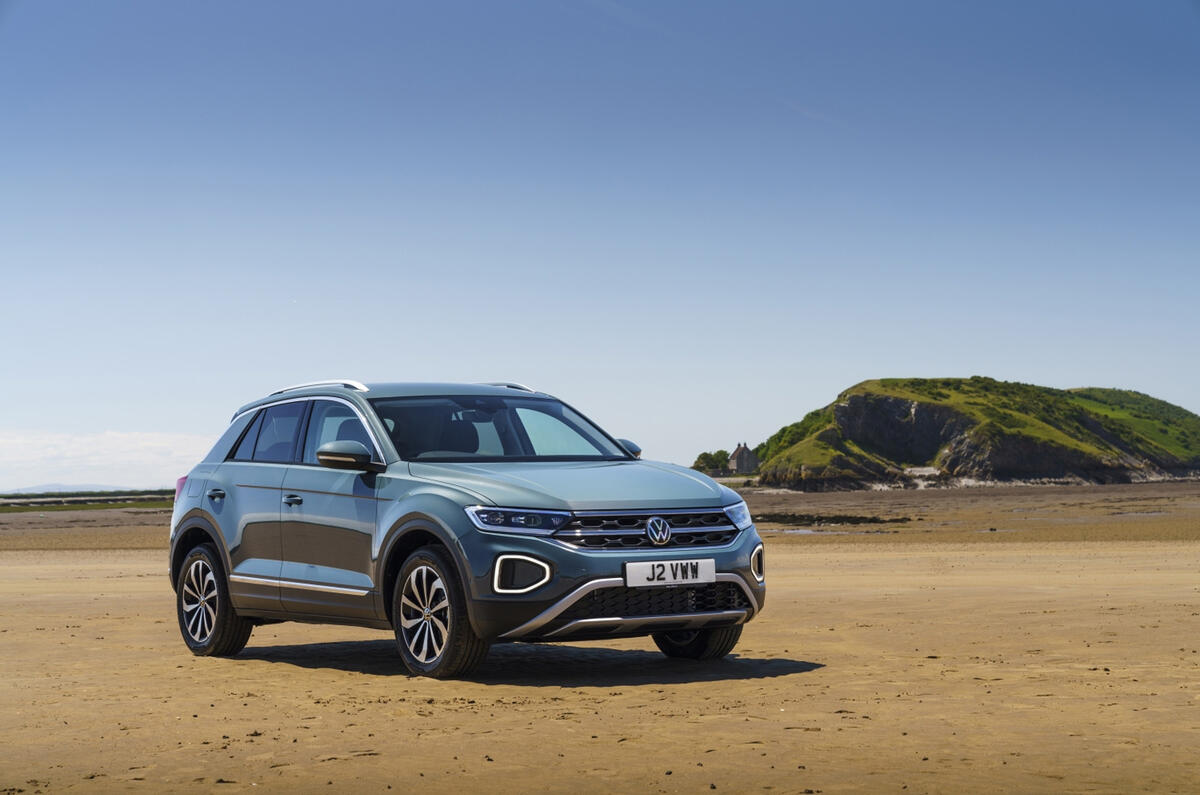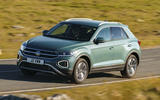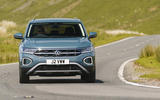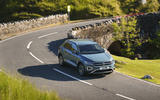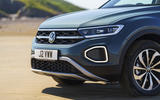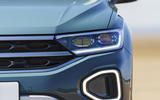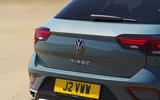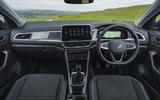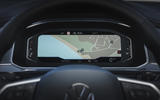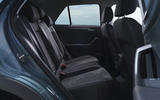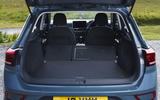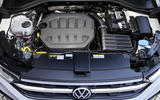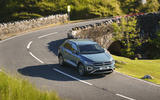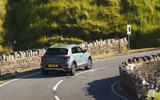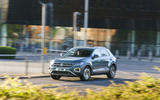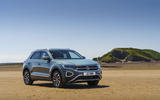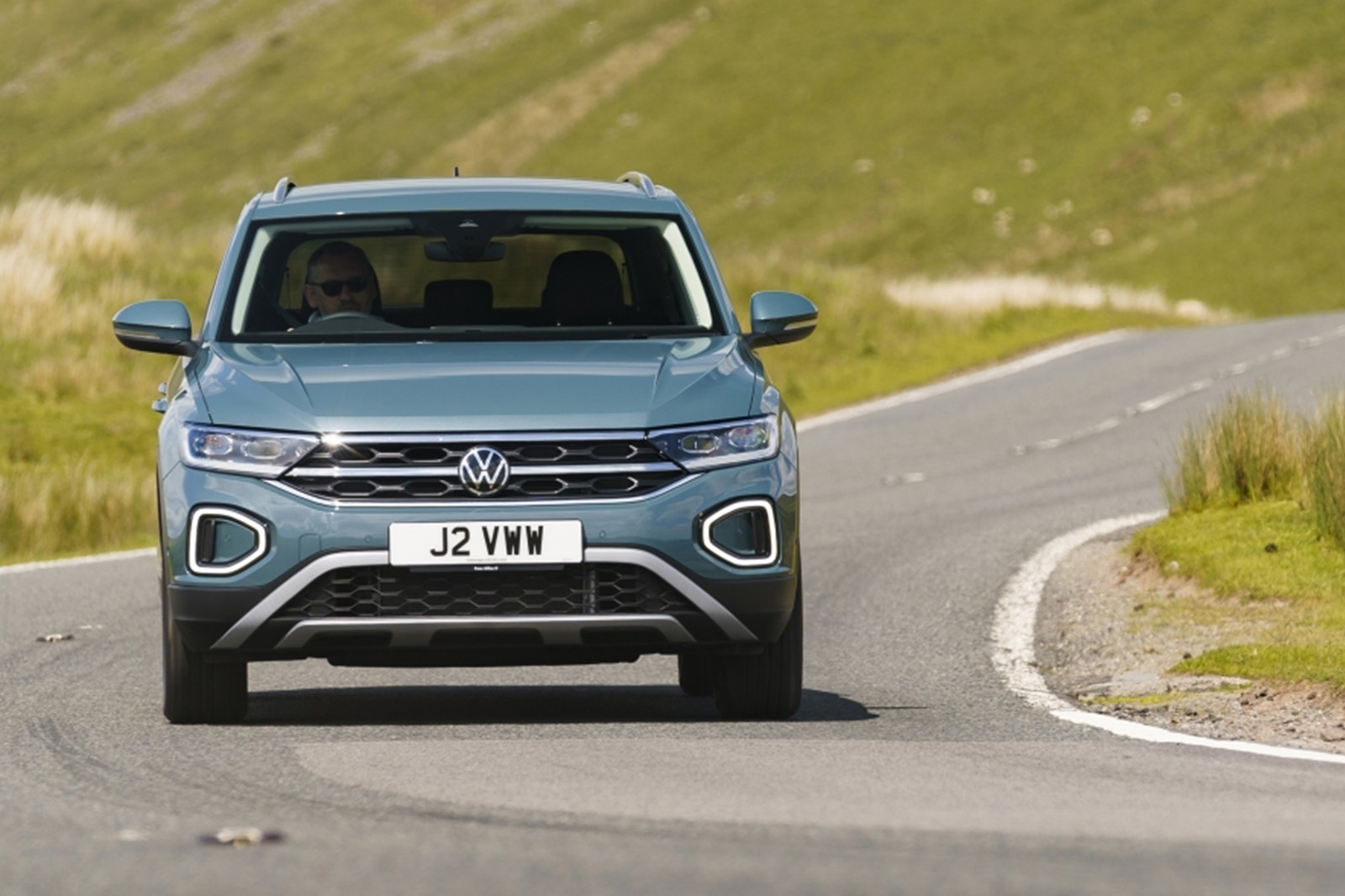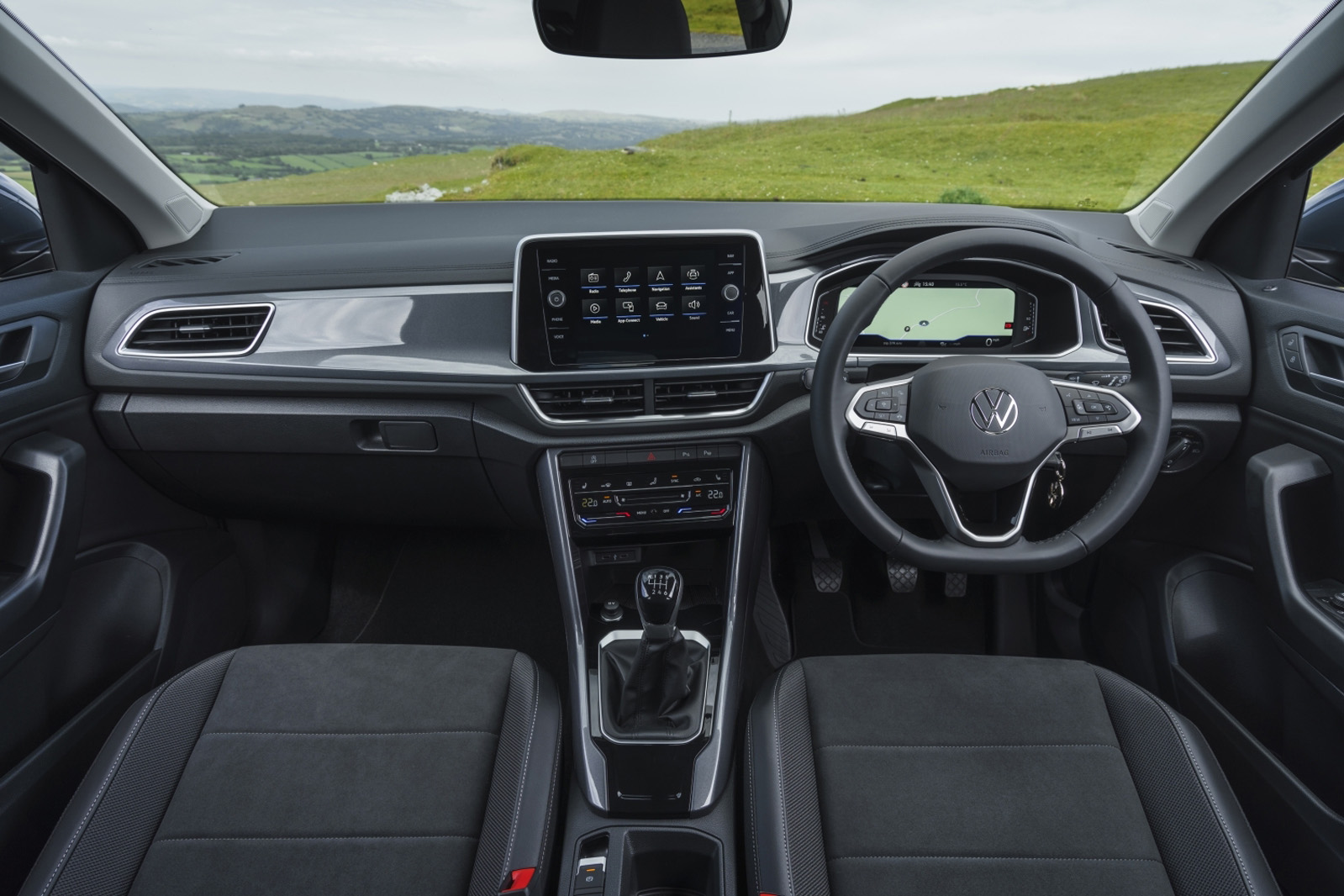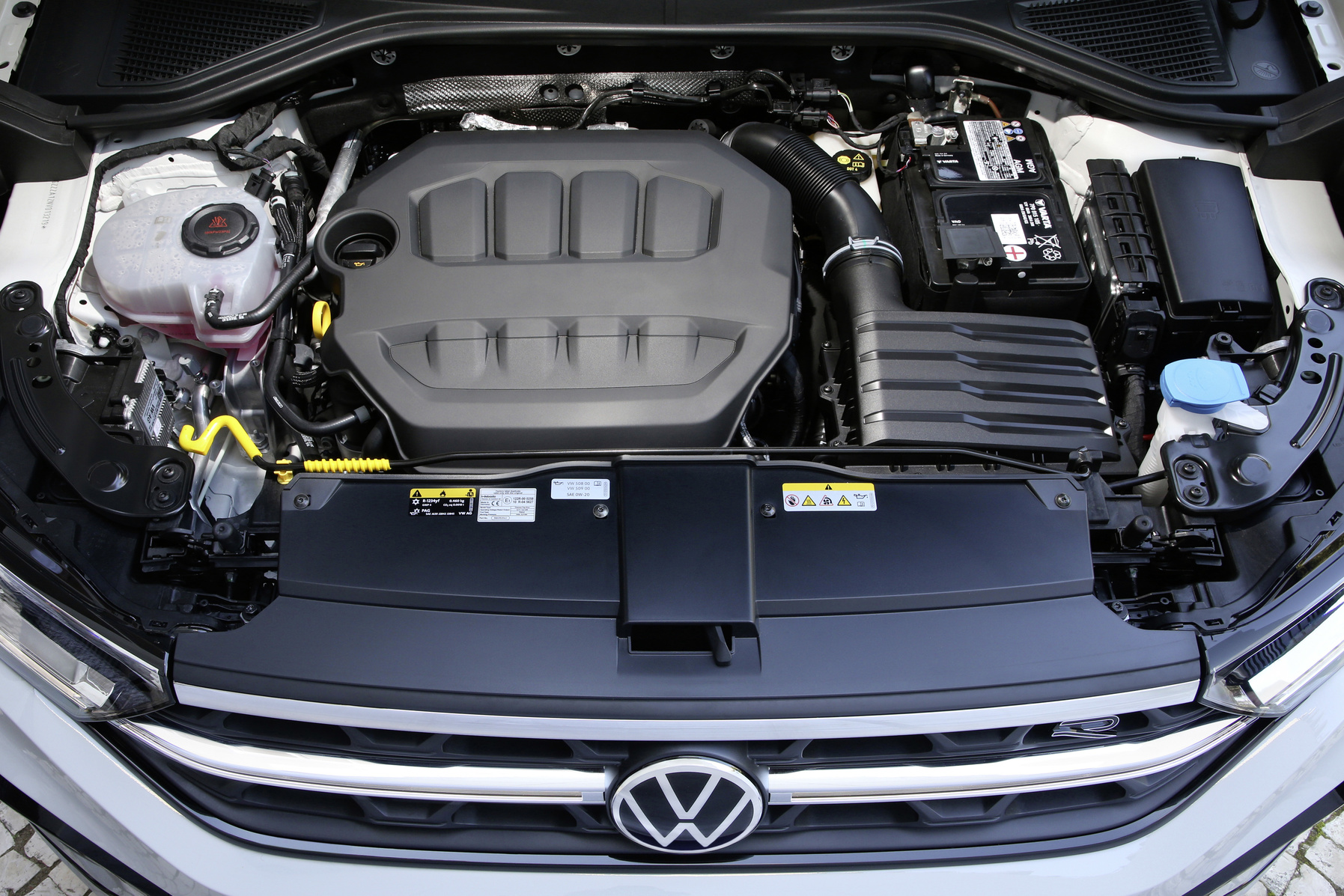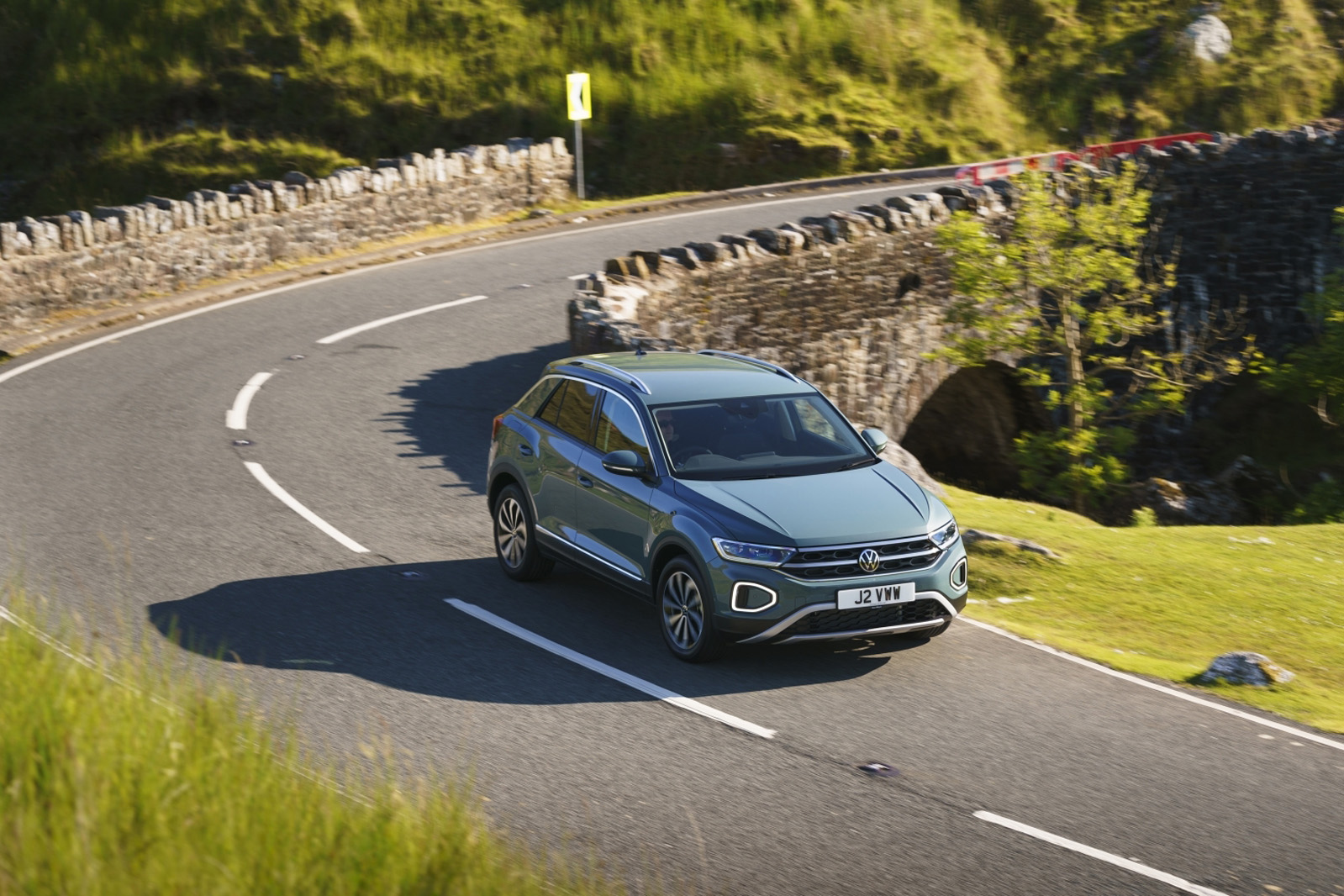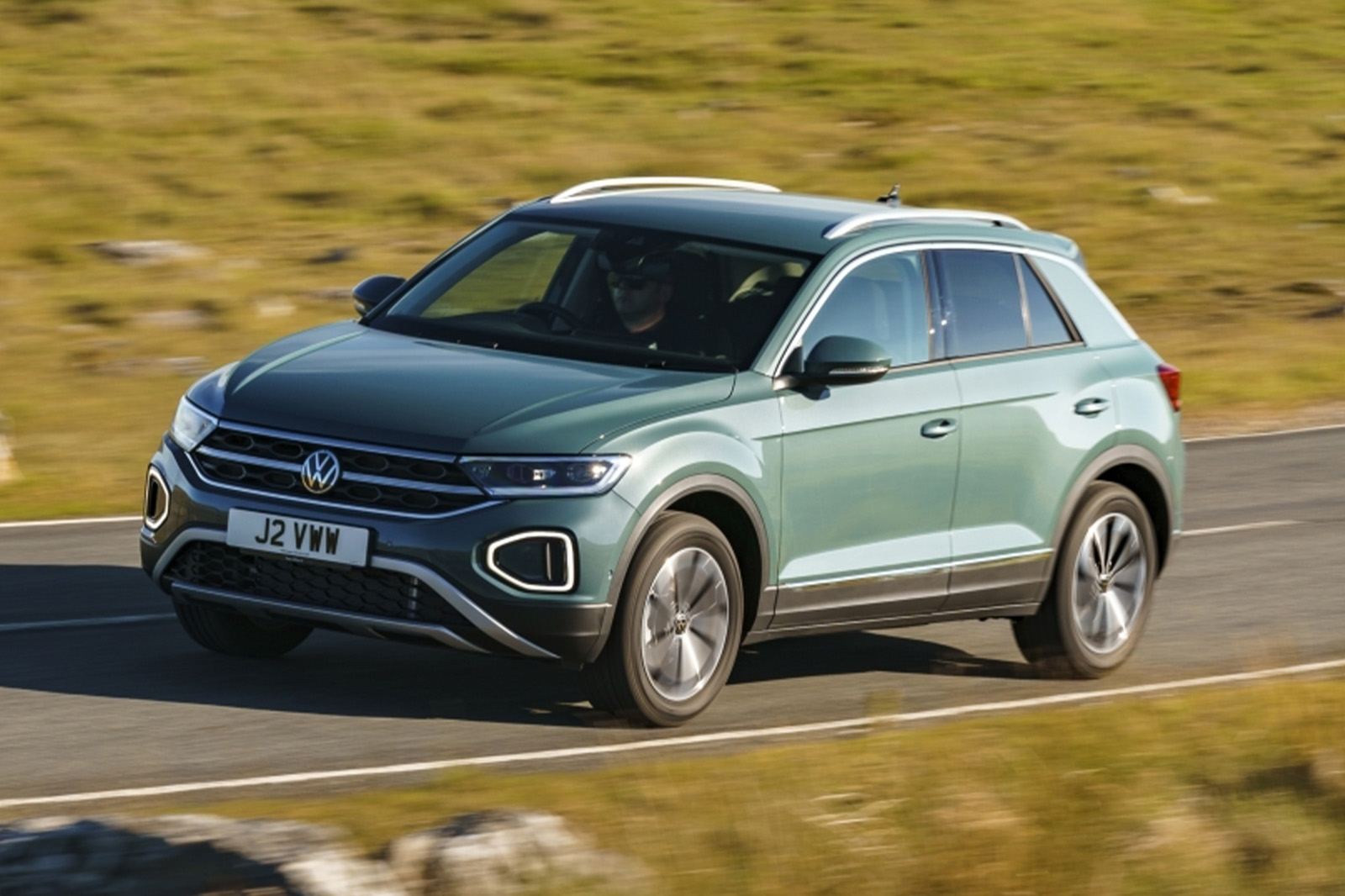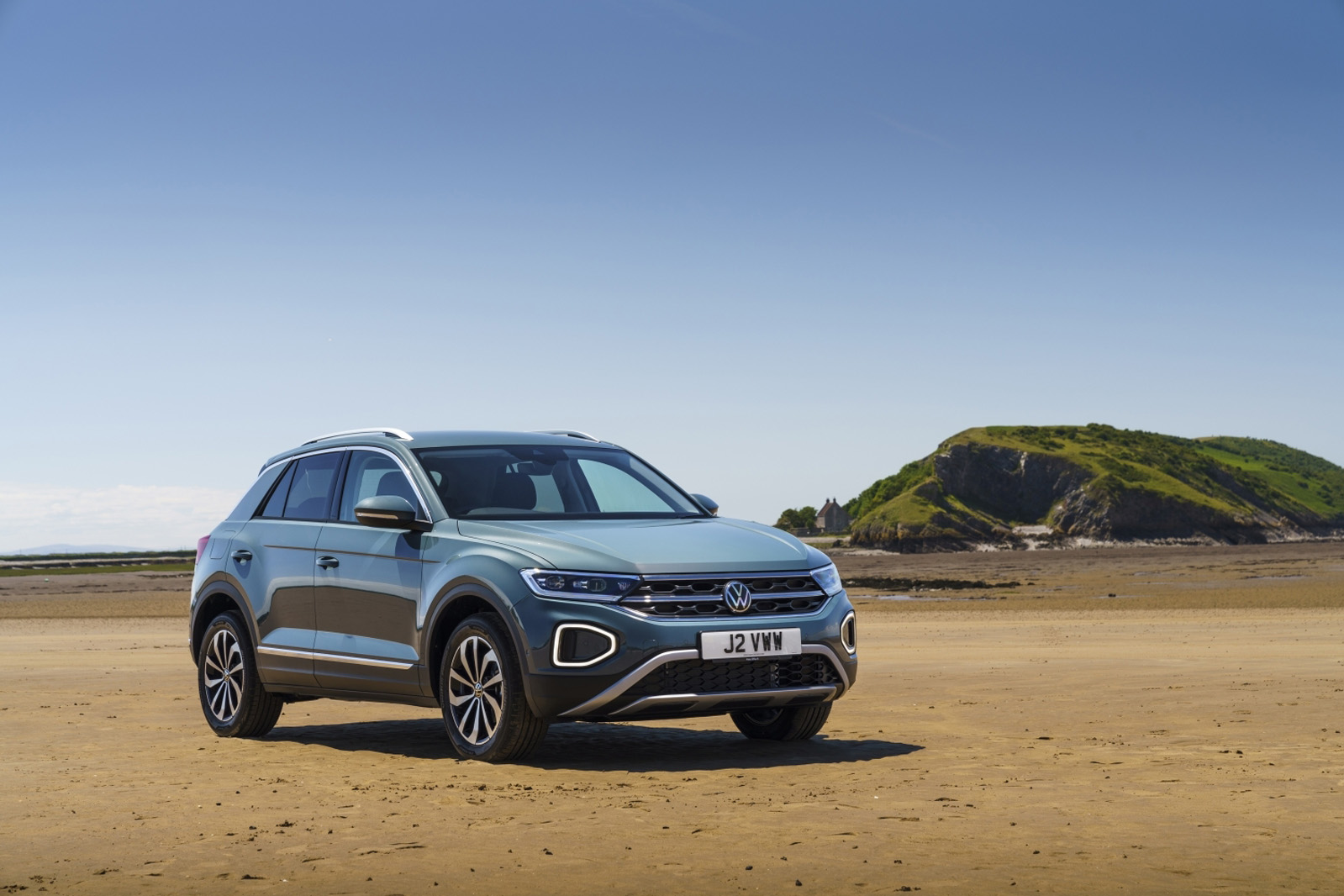The Volkswagen T-Roc isn’t the most spacious crossover, and pretty clearly so by design.
It presents a higher seating position than a conventional hatchback and has a boot sufficiently large that you’d be unlikely to find one to match its size in a normal five-door (although the four-wheel-drive specification reduced its carrying capacity a little).
Still, although it may feature somewhere on the list of likes, enhanced practicality isn’t likely to be the primary motivator of anyone choosing this car in place of a Volkswagen Golf.
Up front, though, you’re certainly surrounded by a greater impression of space than you’d find in a normal hatchback, and you get a good view of the road in all directions.
The driving position adjusts from gently perched up to distinctly raised and bent-legged, but the controls are all as well placed and spaced as is typical for a thoroughly thought-out VW product.
In the back, there’s decent room for an average-sized adult and just enough if you’re above average height assuming a slightly splayed-kneed seating position.
Plenty of direct rivals are more spacious. But VW deserves credit for integrating the T-Roc’s panoramic sunroof without impacting on occupant headroom.
The optional glass roof finishes just ahead of the scalps of those sitting in the back, leaving space for useful recesses that will keep the heads of even taller passengers from brushing the headlining.
Instead of aiming for particularly roomy, VW has gone for a ritzy, contemporary ambience – and has produced it quite well.
Active Info Display digital instruments, the T-Roc's large and flush-fronted 8.0in touchscreen infotainment system and its sparingly deployed strips of ambient lighting make it feel advanced and quietly ‘high-tech’.
The digital instruments are Volkswagen’s second-generation system, which is also available on the Polo. Wireless Apple CarPlay and Android Auto are available as standard.
The system's graphics are both resolute and clear, and the instruments appeared crisp and usefully adaptable when following a plotted navigation route or listening to the audio system.
VW leaves the door ajar a little to those who might say these features are window dressing on a cabin that feels slightly plain and ordinary in other respects, though. The fascia top is hard and slightly shiny, and in a market where even a Nissan Micra gets a soft-touch slush moulding, that’s a little surprising.
Likewise, its interior door handles and below-the-knee mouldings all look and feel as though they could have had a little bit more money spent on them.


